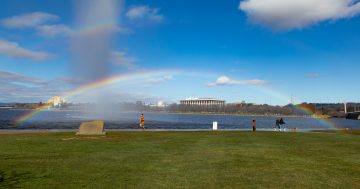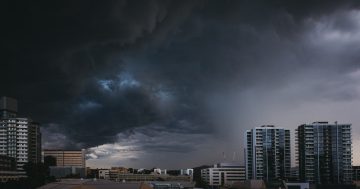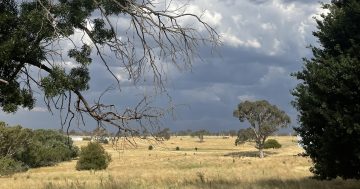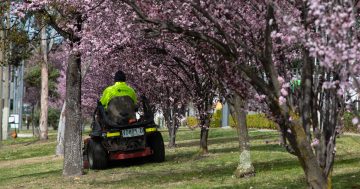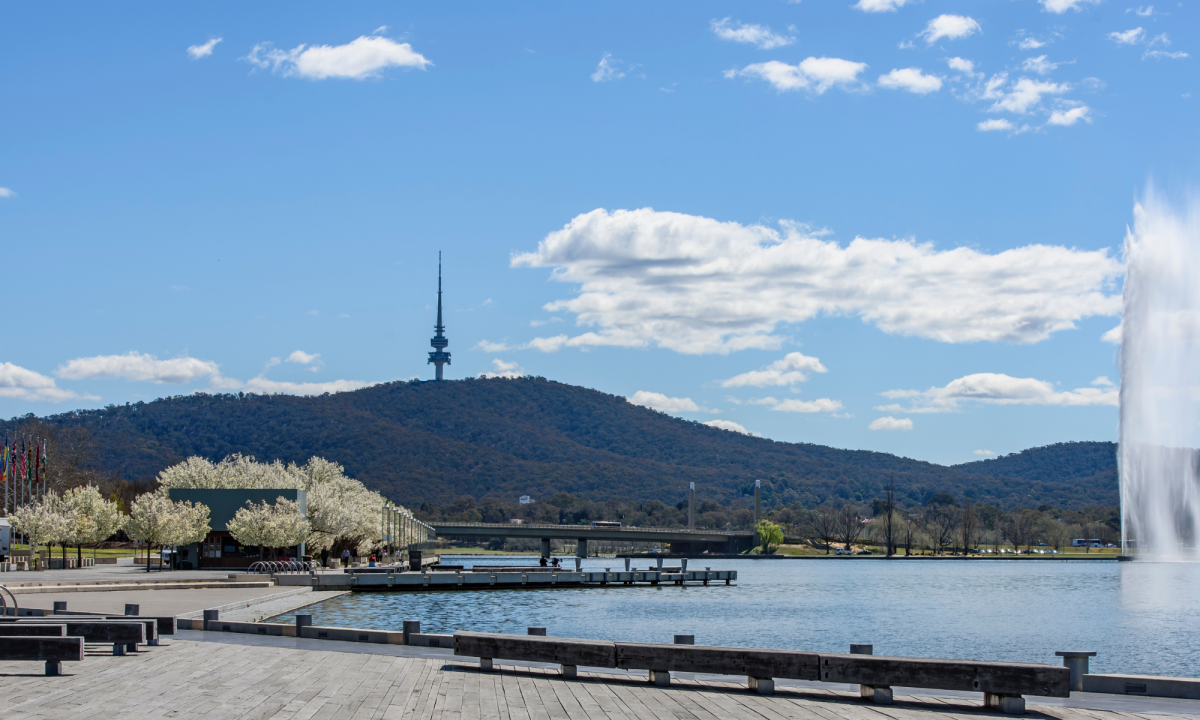
The sun is finally shining and the hot days are here. Photo: The Little Burley Market.
It might be terrible timing as the return to work gathers pace, but summer seems to finally have graced the capital with its presence.
Temperatures are set to soar in the capital region in the coming days and weeks, bringing with it warnings of a severe UV index and possible heat waves.
It’s a far cry from last week when flash flooding hit the city and temperatures plummetted to the low 20s.
Canberrans planning to travel into the surrounding region are being warned to watch out for the minimum temperatures, which are likely to remain high.
Temperatures in parts of Canberra were tipped to hit 31 degrees on Monday (9 January) and range between 29 and 32 for the rest of the week.
Morgan Pumpa from the Bureau of Meteorology said a trough across NSW could lead to thunderstorms on Tuesday (10 January).
Minimum temperatures are unlikely to fall below 12 degrees for the start of the week and will sit around the 15-degree mark across Friday and the weekend.
Ms Pumpa said those higher-than-usual minimum temperatures carried the risk of low-intensity heatwaves with them. Some of these are already forecast for parts of NSW.
“When it doesn’t cool down overnight, it means bodies aren’t able to cool down and in some cases, neither can our homes or campsites,” she said.
“It’s something to keep an eye on, particularly if you are travelling.”
There’s no low-intensity heatwave forecast for the Territory yet, but this could change, Ms Pumpa warned.
She also encouraged people to track the UV index closely, which was likely to hit an extreme level, and ensure they had adequate sun protection with them.
“So far in January we have had a mixed bag … but temperatures are now up again,” she told Region.
“When you are out and about enjoying yourselves on your summer holidays, just make sure you manage your fatigue.”
Looking ahead to the rest of the month, Ms Pumpa said there wasn’t too much rain forecast, but this could change.
“At least on the seven-day forecast, we don’t see significant showers, but you should keep an eye out for those thunderstorms,” she said.
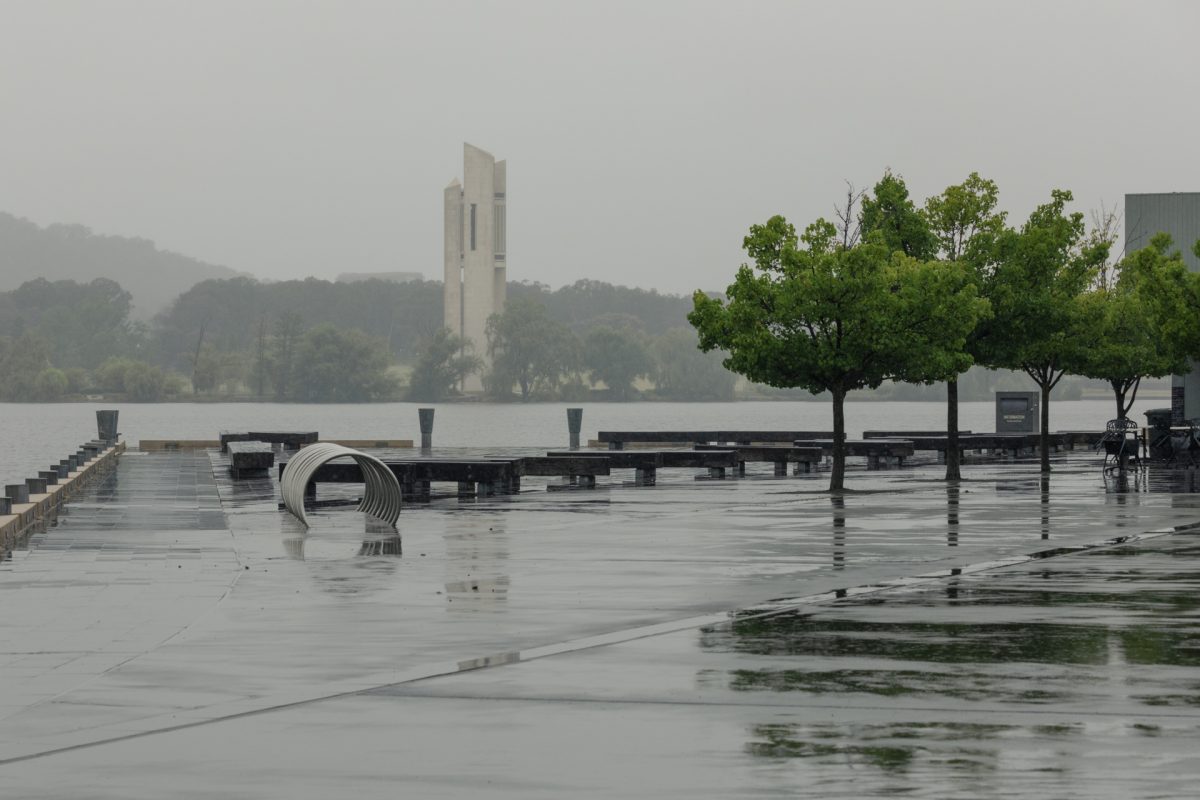
It was a wet and rainy year in Canberra last year – just like it was for the rest of the country. Photo: Michelle Kroll.
According to the Bureau’s summary report on the country’s climate last year, published ahead of the release of the full report next month, wetter and warmer than average weather was experienced.
No individual data is provided for the Territory, which is folded in with data for NSW, which recorded rainfall 54.7 per cent above average.
It was the second wettest year for the state since 1950, which recorded 860.24 mm as an average across the state.













